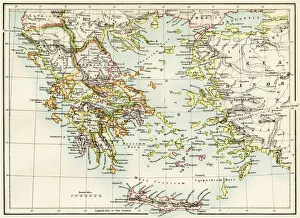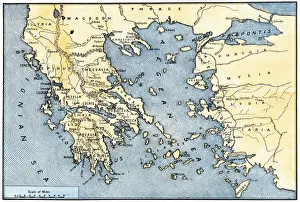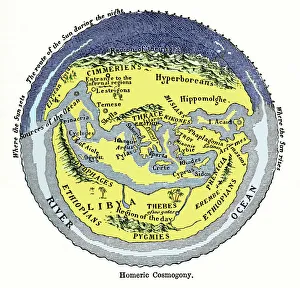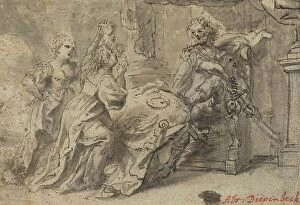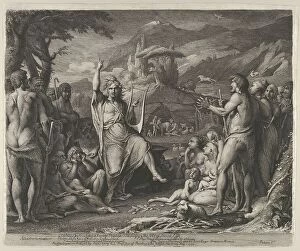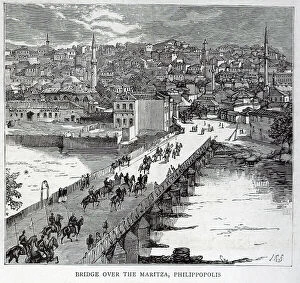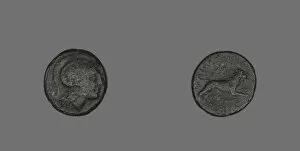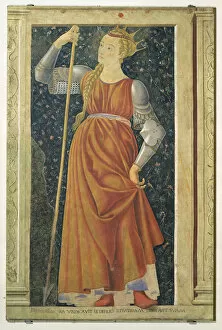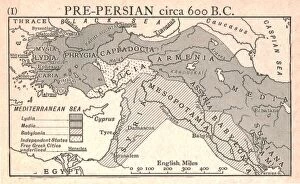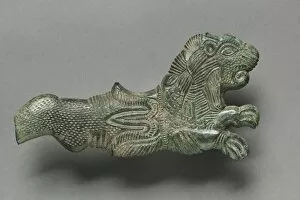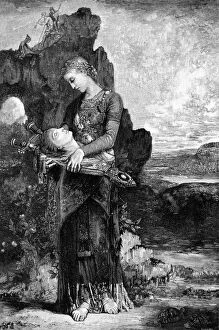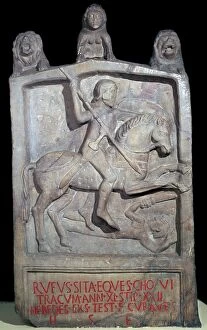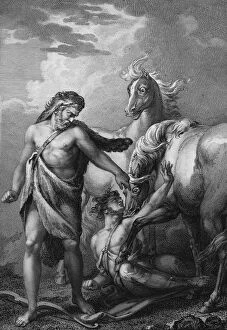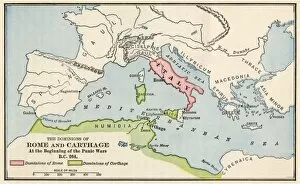Thrace Collection
"Thrace: A Journey Through Ancient Greece and its Colonies" Step back in time to the ancient Greek empire, where Thrace played a significant role in shaping history
All Professionally Made to Order for Quick Shipping
"Thrace: A Journey Through Ancient Greece and its Colonies" Step back in time to the ancient Greek empire, where Thrace played a significant role in shaping history. From its colonies around the Aegean Sea to its rich cultural heritage, Thrace holds countless tales waiting to be discovered. Delve into Homeric cosmogony, exploring the mythical origins of this enchanting region. Marvel at intricate details found within the Cabinet of Antwerp, circa 1650, showcasing the artistic prowess that thrived during this era. Witness the grandeur of The Construction of the University at Philippoplis as it stands proudly amidst Nebet Tepe and Taat Tepe in modern-day Bulgaria. These archaeological sites offer glimpses into a bygone era when knowledge was revered. Immerse yourself in Bulgarian culture through Typical Bulgarian Outfits from 1885. Admire their vibrant colors and intricate designs that reflect centuries-old traditions passed down through generations. Cross over the Bridge over Maritza River, connecting past and present as you traverse Philippopolis. Witness Prince Alexander of Bulgaria's triumphant entry into this historic city, symbolizing unity and progress. Marvel at Hercules and Diomedes' marble sculpture from c. 1560; an embodiment of strength and heroism prevalent throughout ancient Greek mythology. Feel their power resonate through time as they stand frozen in eternal battle. Discover Hecate's triple form encircling an ancient Greek column - a testament to her significance as a goddess associated with magic, crossroads, and protection. Let her mystique guide you on your exploration of Thrace's hidden wonders. Join us on an unforgettable journey through Thrace - where ancient Greece comes alive once more. Uncover its captivating history while immersing yourself in its timeless beauty that continues to inspire awe even today.

